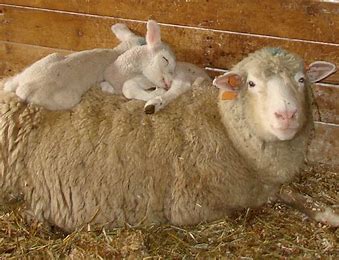

When lambs over eight weeks of age are growing at less than 200g per day, weaning them and moving them to better quality feed should be considered.The decision to wean on any farm is driven by multiple factors, including ewe body condition and the availability of somewhere suitable to move weaned lambs and ewes to.
However, once lambs are eight weeks old, their energy intake from grass is greater than from ewe’s milk, so competition for high quality grass between ewes and lambs increases. It will reach a critical point, but the point at which this happens may change each year depending on grass growth and management.
When lambs are weaned, ideally they should go to pasture they know, out of sight and sound of the ewes. Once they have settled, they can be moved to pasture with a low parasite burden or onto a forage crop.
For optimum growth rates, weaned lambs going onto grass and being set stocked need pasture about 6-8 cm high, while those being rotationally grazed require a pre-grazing target height of 10-12cm and should graze down to 5-7cm. The grass should be leafy and not full of stem or dead matter to ensure good feed quality, but this can be a challenge, particularly when grazing aftermaths as they can take three weeks to recover to the quality required. White clover in pastures can increase the rate of lamb gain from weaning to slaughter by 25%.
Managing Health Issues
Ideally, avoid grazing lambs on fields which have had sheep on this season, as these pose high risks of parasite challenge, which can reduce lamb growth rates. Monitor worm burdens by carrying out faecal egg counts, particularly if only high risk fields are available.
Routine treatments, such as vaccines or wormers, should be given before weaning, as stress can affect the immune response, particularly for vaccines, and make lambs more susceptible to disease.
 Contact Jaguza Support
Contact Jaguza Support